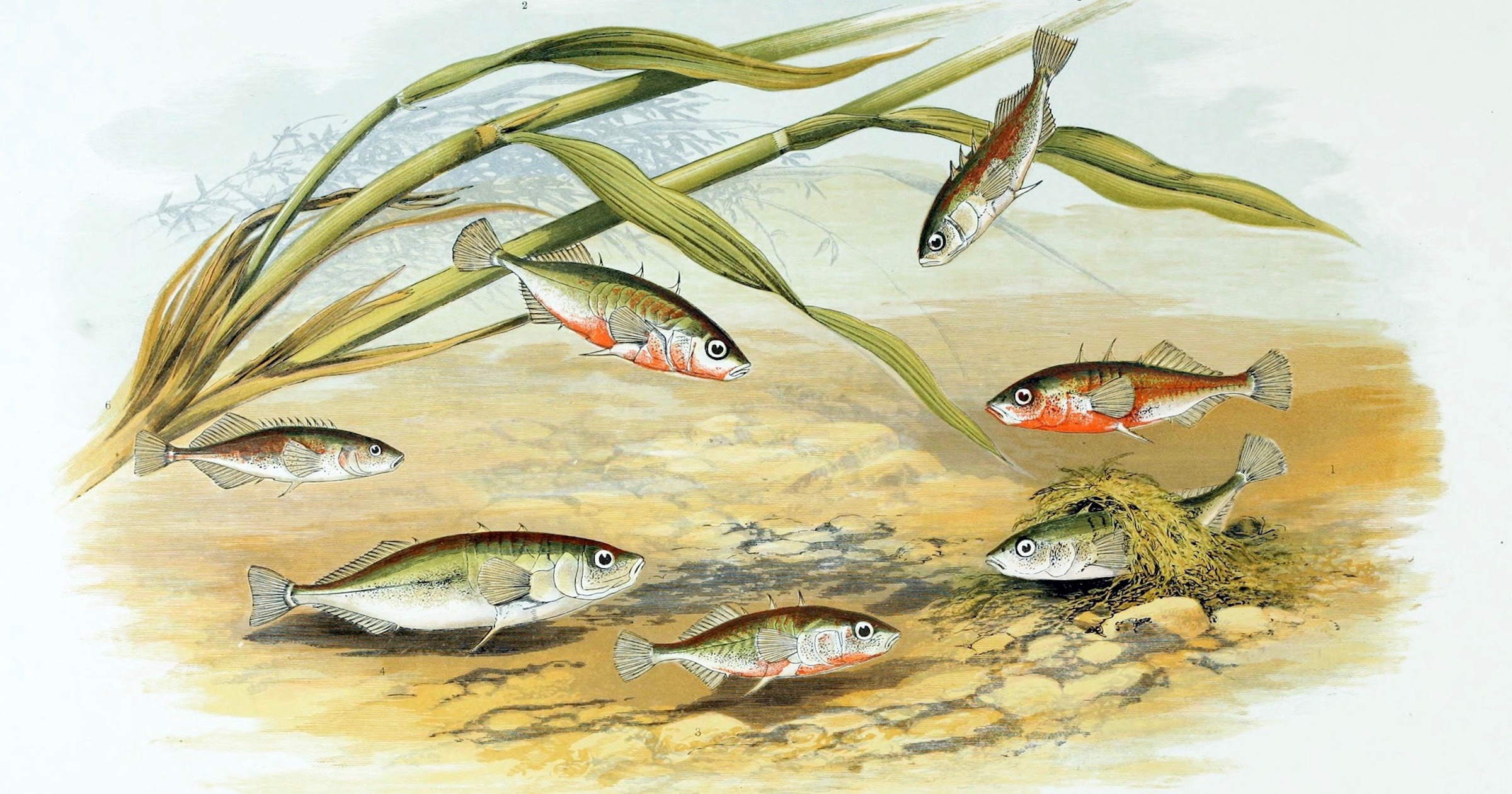 Evolution
Evolution
 Intelligent Design
Intelligent Design
Studies on Stickleback Fish Further Validate Engineering Models for Adaptation

In my previous article, I described how studies of cichlid variation confirm the predictions of the engineering models for adaption (here, here). This article will describe how the models are further validated by research on stickleback fish diversity. Like cichlids, stickleback populations demonstrate constrained variation, natural genetic engineering (NGE), and phenotypic plasticity.
Constrained Variation
All studies of stickleback diversity demonstrate that variation is tightly constrained, and the sticklebacks’ underlying design plan or blueprint always remains intact. Hohenlohe et al. in a 2010 study documented how the same variation in traits and genetics appears repeatedly in separate populations:
Genomic regions exhibiting signatures of both balancing and divergent selection were remarkably consistent across multiple, independently derived populations, indicating that replicate parallel phenotypic evolution in stickleback may be occurring through extensive, parallel genetic evolution at a genome-wide scale.
Miller et al. in a 2019 study came to the same conclusion after analyzing the genetic differences between populations that inhabited lakes in the presence and absence of prickly sculpin, a fish that is a stickleback predator. Sticklebacks that interacted with prickly sculpin rapidly acquired similar alterations to hundreds of the same genes.
Parallel differentiation of genomes between stickleback from the different lake types involved ~1.8% of the genome, overlapping 587 genes with a wide diversity of biological functions. Widespread adaptation is implicated because genetic drift is unlikely to cause repeated, parallel evolution in multiple evolving populations in association with a specific environmental feature. These extensive changes underscore the rapid and profound effects of a seemingly simple biotic interaction on stickleback evolution.
Natural Genetic Engineering
The two studies demonstrate that sticklebacks adapt genetically to environmental changes predictably and rapidly. These observations suggest that NGE might be driving targeted genetic alterations.
Other research has identified NGE more explicitly. Ishikawa et al. in a 2019 study discovered that multiple stickleback species duplicated the Fads2 enzyme allowing the species to better synthesize the essential fatty acid DHA. This enhanced ability allowed them to colonize DHA-deficient freshwater environments. The authors suggest that the duplications were facilitated by NGE, possibly the relocation of transposable elements.
Future research will almost certainly uncover additional examples of variation resulting not from random mutations but from targeted genetic rewriting.
Phenotypic Plasticity
Other investigators identified examples of phenotypic plasticity. McCairns and Bernatchez in a 2010 study discovered that sticklebacks inhabiting freshwater and saltwater zones of a large estuary measure the salinity of the water. They use this information to optimally regulate the expression of genes controlling the transport of salt ions, so the fish can quickly adapt to salinity changes.
Baker et al. in a 2015 study demonstrated that stickleback females track internal physiological information (e.g., lipid supply and liver glycogen level) and environmental cues such as availability of food and population density. Different cues initiate adjustments to such reproductive parameters as time of breeding, egg size, and clutch or brood size. The alterations improve the likelihood for the population’s continued survival. The researchers also discovered that individual fish coordinate the fine-tuning of multiple traits to ensure optimal reproductive success:
…traits are linked both genetically and functionally, and thus expressed plasticity in one trait would seem to require simultaneous plastic expression in at least one other trait, and perhaps more.
As a final example, Tibblin et al. in a 2020 study raised sticklebacks in an aquarium with different color backgrounds. The investigators also mimicked the presence of predators by chasing fish with a dip-net and introducing chemical cues mimicking the presence of Pike, which is a natural predator. Both color and predatorial stimuli triggered changes in the dorsal coloration that assisted the fish in avoiding detection.
The Toppling of Evolutionary Icons
Cichlid and stickleback fish are two of the most iconic examples of adaption that biologists present as evidence for the plausibility of evolutionary processes driving large-scale transformations. Yet research over the past few decades supports the opposite conclusion. Evolutionary and adaptive processes are constrained in cichlids and sticklebacks, as in all complex organisms, to only minor alterations to existing traits or to the loss or duplication of an existing structure. Most adaptation results from engineered processes that leave little to chance. The belief in the limitless creative capacity of evolutionary processes now rests on little more than blind faith in the philosophy of scientific materialism.


